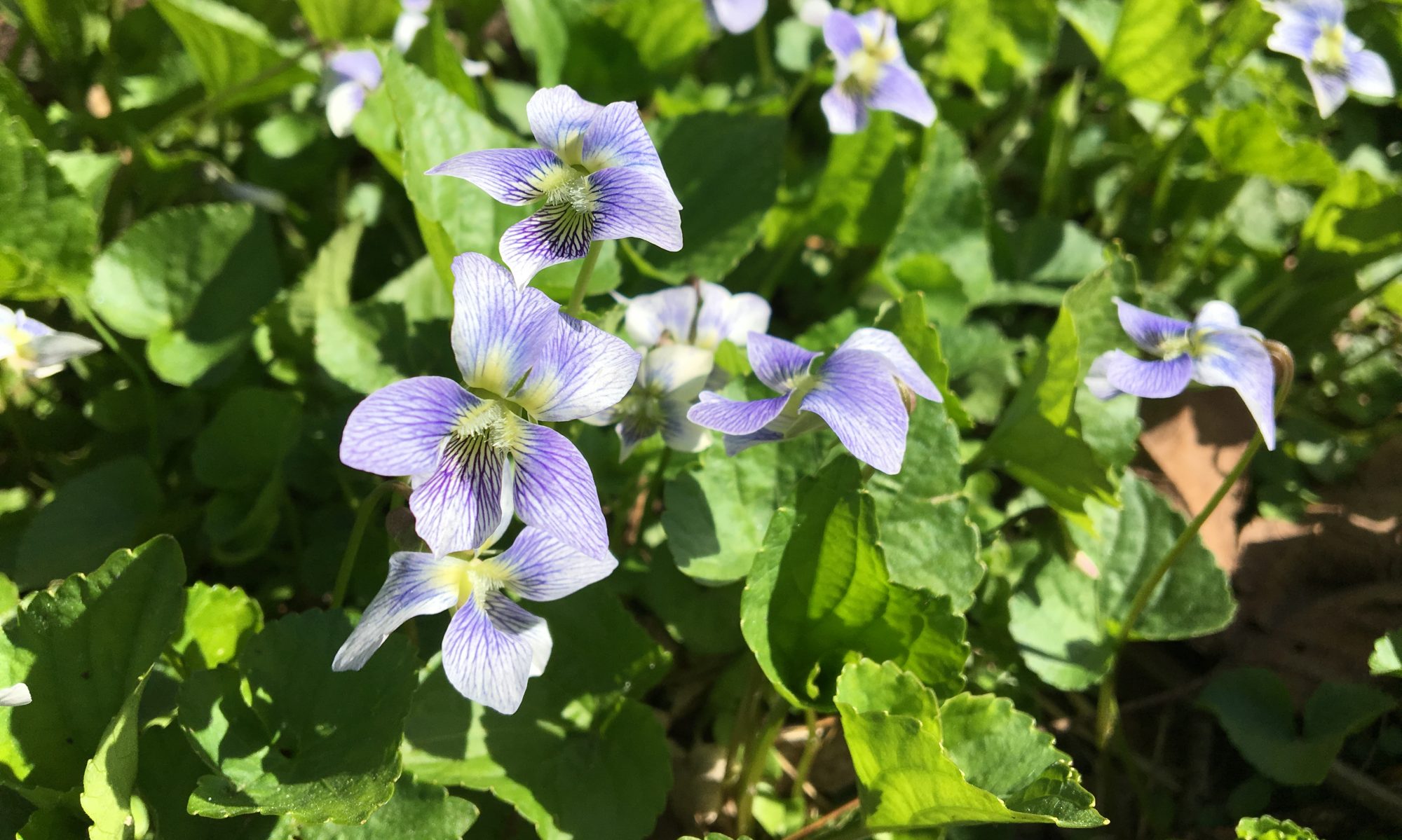“Spring is the time of year when it is summer in the sun and winter in the shade.”
Charles Dickens-Great Expectations
It’s not hard to see the signs of Spring all around. I’ve seen my first Robin. There are buds on the trees and tulip, sedum and daffodil greens are poking through the dirt. Your Hellebores might even be in bloom. But March is a guessing game in the Midwest garden. It’s warm one day and snowing the next. About the only thing we can count on is unpredictability of March. So go ahead-get outside and check out what is happening in the garden!
• Everyone should have their seeds started!
• Everyone should be getting your tools ready to go.
• Finish pruning. Tip: Prune trees and late flowering shrubs before they break dormancy. Prune late flowering and large flowered clematis now. Prune early flowering clematis after bloom. Spring-flowering shrubs should be pruned after they bloom.
• Remove burlap coverings from around evergreens and roses.
• Cut back grasses and winter interest perennials.
• Till vegetable beds. Tip: Never till the soil when wet. The soil should feel like a crumbly cake. Avoid walking on wet soil or grass-as it can pack it down and cause damage.
• Cool-season annual edibles and perennial herbs started indoors such as broccoli, spinach, cauliflower, onions, radishes, parsley, cilantro, and Brussels sprouts can be re-planted outside in early spring using plant protectors if necessary. But peas can be sown in the garden now-as they can tolerate frost and snow.
• Here is a little bit more about peas:
Choosing varieties. Snap peas and snow peas are eaten whole. Snap peas have a thicker, crunchy pod. Snow peas have flat pods. Shell peas have tough pods; you must remove the individual peas from the pods.
When to plant. Peas are a cool-weather crop — one of the first crops you can plant in spring. Sow seeds in full sun 3–4 weeks before your last frost date.
Be patient. Peas take a while to germinate; usually 10–20 days, sometimes longer.
Climb high. Peas climb using tendrils, which can wrap around a support that’s less than 1/4″ in diameter. The size of the vines depends on the variety, usually 3–5′ high. Read the seed packet for the mature height and choose a support accordingly.
They like it cool. Peas will stop producing when the weather gets hot, so you can pull the vines and plant a heat-loving crop in their place.
March Horticulture Tip of the Month: Forcing Flowering Branches – How To Force Branches To Bloom Indoors
Forcing branches to bloom inside is not at all hard to do. Forcing Spring flowering branches brings a touch of Spring indoors when winter seems to be dragging on.
Which Spring Flowering Branches Can Be Forced?
Almost any spring flowering shrub or tree can be forced indoors. But some of the more popular spring flowering branches for forcing are:
• apple [2]
• cherry [3]
• dogwood [4]
• forsythia [5]
• hawthorn [6]
• honeysuckle [7]
• lilac [8]
• magnolia [9]
• pear [10]
• pussy willow [11]
• quince [12]
• redbud [13]
• serviceberry [14]
• spirea [15]
• wisteria [16]
• witch hazel [17]
How to Force Branches to Bloom Indoors
When forcing branches to bloom inside, the first step is to select a branch. In mid to late winter, go out to the shrub or tree that you will be taking branches for forcing. The branches you choose will need to be at least 12 inches long and should have several tight but plump buds on the branch. Carefully cut the branch away from the parent shrub or tree with a sharp clean knife. You may want to take a few more branches than you need, just in case some fail to bloom properly indoors.
Once inside, the next step in forcing early flowering branches is to first carefully split the base of the branch about 4 inches up the branch and then trim an inch off the base. Another method is to hammer the end of the branch after it has been split. Either method is meant for water to travel more easily up the branch. The cut ends should be placed in warm water.
The flowering branches will need bright, indirect light in order to bloom indoors properly. Direct light can be very intense and may burn the branches or flowers.
The time it takes to force branches to bloom indoors can be anywhere from one to eight weeks, depending on the variety of flowering shrub or tree you are trying to force and how close it was to blooming naturally outside. Tree branches are a bit more stubborn than shrub branches.
Like any cut flower you want to make sure that you change the water in the container where you are forcing branches to bloom often. This will help the flowers on the branch last longer. Cool temperatures will also help keep your flowering branch looking lovely longer.
